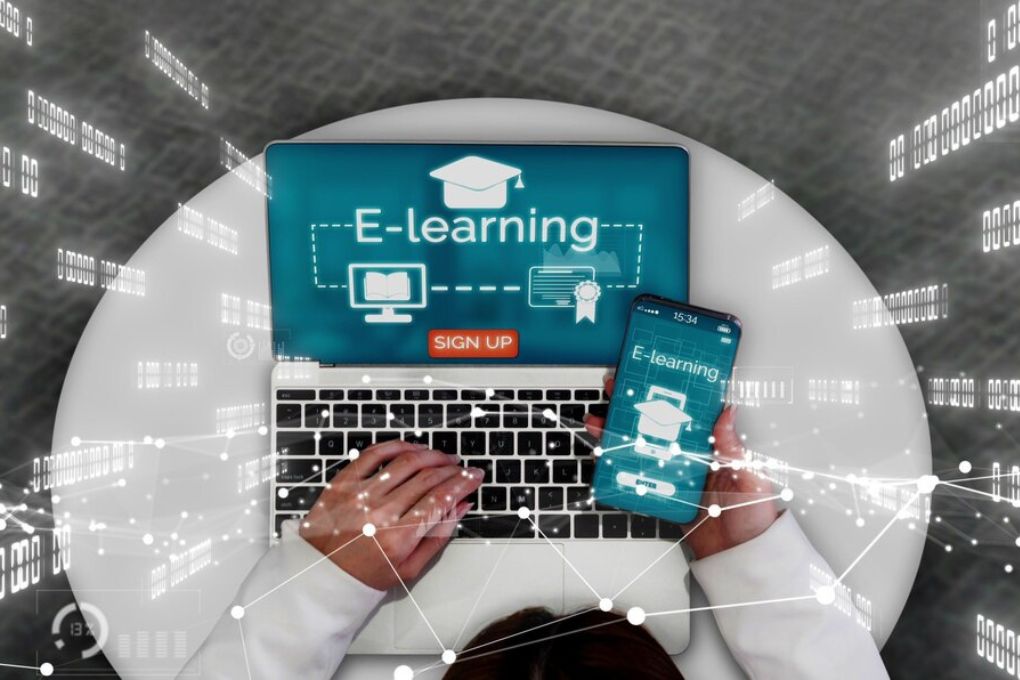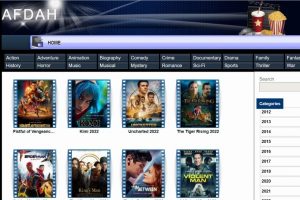
Today, in the age of the World Wide Web, misinformation probably comes closest to myth as a literary genre. And they also exist in e-learning. time to clean up.
“E-learning software is only suitable for younger, tech-savvy employees”
The 90s generation grew up with digital media and of course they often feel more at home on the internet than older semesters. However, that does not mean that the latter have difficulties with e-learning programs. The aim of this is to hide technical frills and make it as comfortable as possible for the learner. Good e-learning software is self-explanatory and allows you to fully concentrate on the content.
“Online learning platforms can only be implemented in large companies with their own IT department.”
That’s true. For the last millennium! Today, e-learning programs are made available via cloud computing. Providers take care of personal support, IT maintenance, optimization and further development to meet changing needs, not to mention media-technological innovations. Software-as-a-Service (SaaS) is the magic word. The company can concentrate on its day-to-day business as usual. In addition, the flexibility speaks for an online learning platform: The volume can be scaled as required. In this respect, they are something for the smallest company up to the largest corporation.
“E-learning programs make teachers unemployed.”
When designing an e-learning course, the didactic plays just as important a role as in classic lessons: the course must be planned and created and of course there is also a support effort that can (and should) be managed more individually due to measuring instruments. The evolution of the media forces educators to develop further. And experience shows: the will is there. Quite apart from that, the trend is towards blended learning , a mixture of face-to-face teaching and e-learning. Teachers today have to be familiar with both worlds.
“E-learning makes employee training less popular than it already is.”
Hardly anyone likes it when the company introduces new software. When introducing e-learning software, however, things look different, at the latest as soon as the employees have seen the advantages. E-learning stands for individual advantages, such as being independent of time and place. In addition, the content can be better tailored to the learners, because trainers can see where the strengths and weaknesses of the course lie. Case-related practical examples also make e-learning more interesting. In addition, everything can be integrated in a multimedia and interactive way. Even playfully, with so-called game-based learning .
“PowerPoint is a good e-learning program.”
Everyone knows PowerPoint, everyone has it, (almost) everyone uses it. Then why not use it as e-learning software? Because a well thought-out study plan requires a versatile methodology. In addition, dynamism and flexibility are required, or adaptation to the needs of the learners. PowerPoint may be suitable for the presence part in blended learning, which means that a trainer stands at the front and accompanies a lecture. If you only have a PowerPoint presentation in front of you, there is either too little information for reasons of clarity (it is usually not possible to do much with key points and graphics alone) or the slides are overwhelming because they are overloaded in terms of content and visuals, to squeeze everything in. It is not uncommon for both to come together. E-learning looks different.
Also Read : Best Learning Tips In E-Learning




